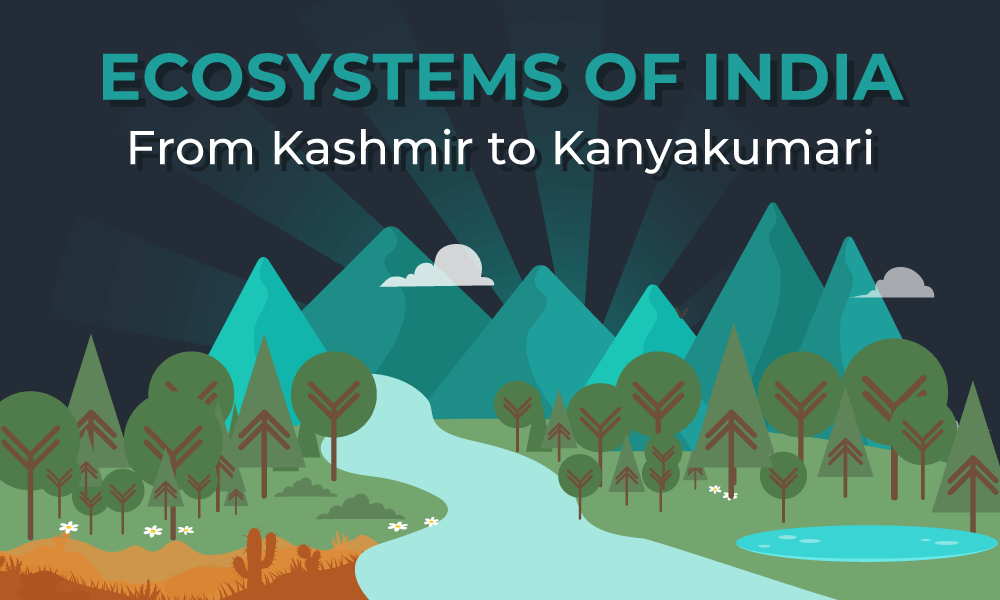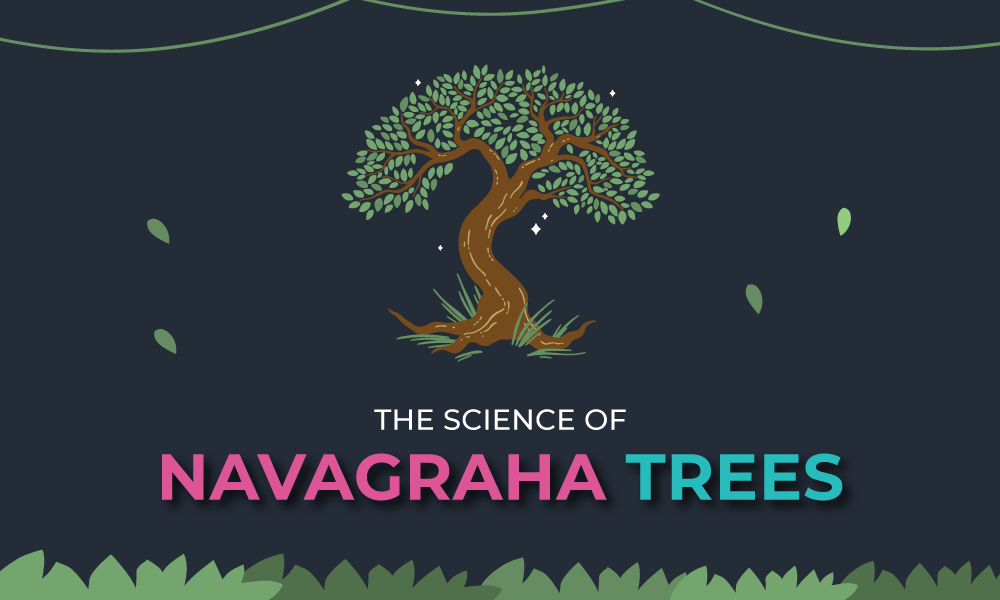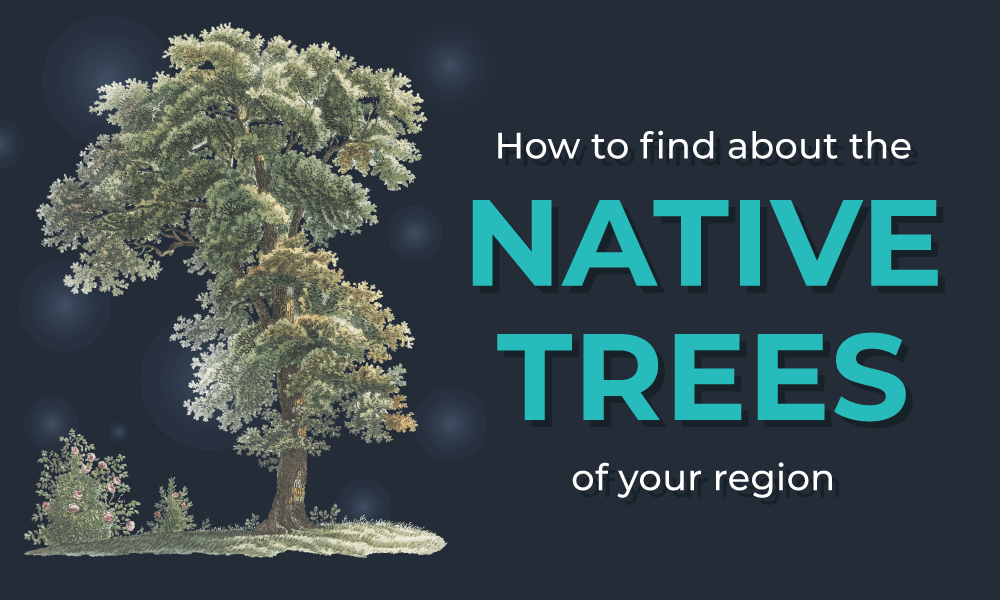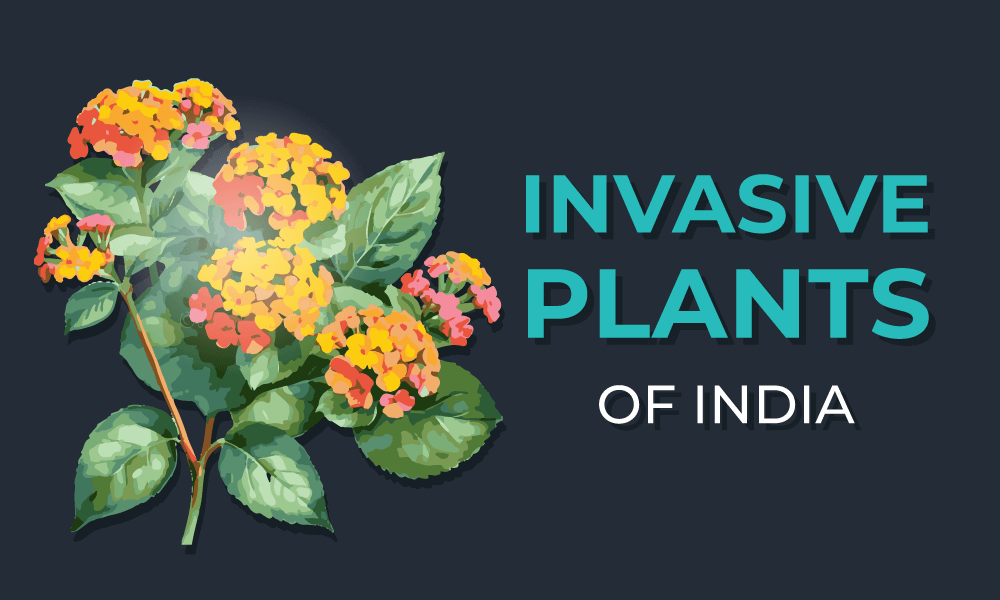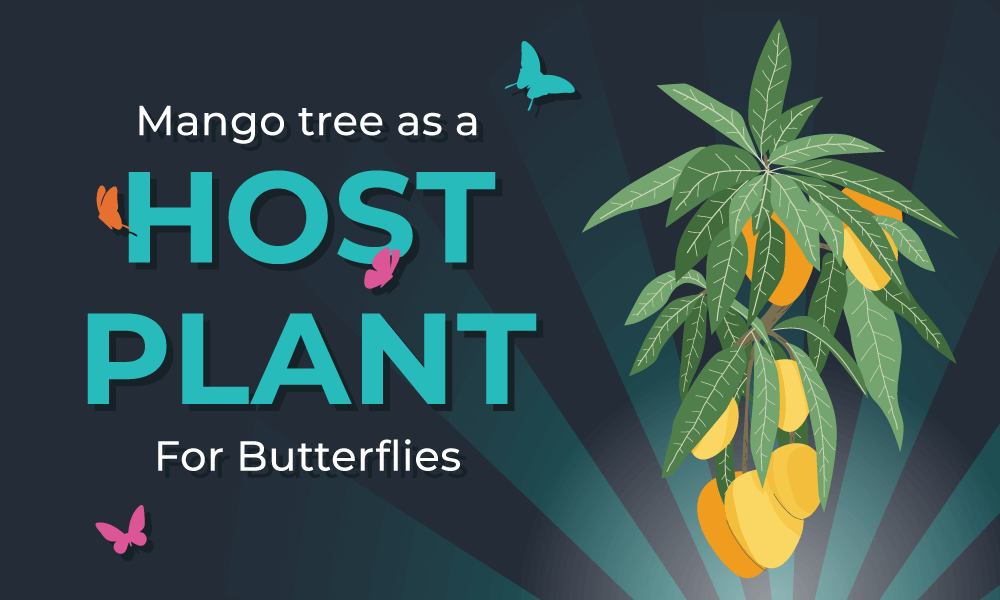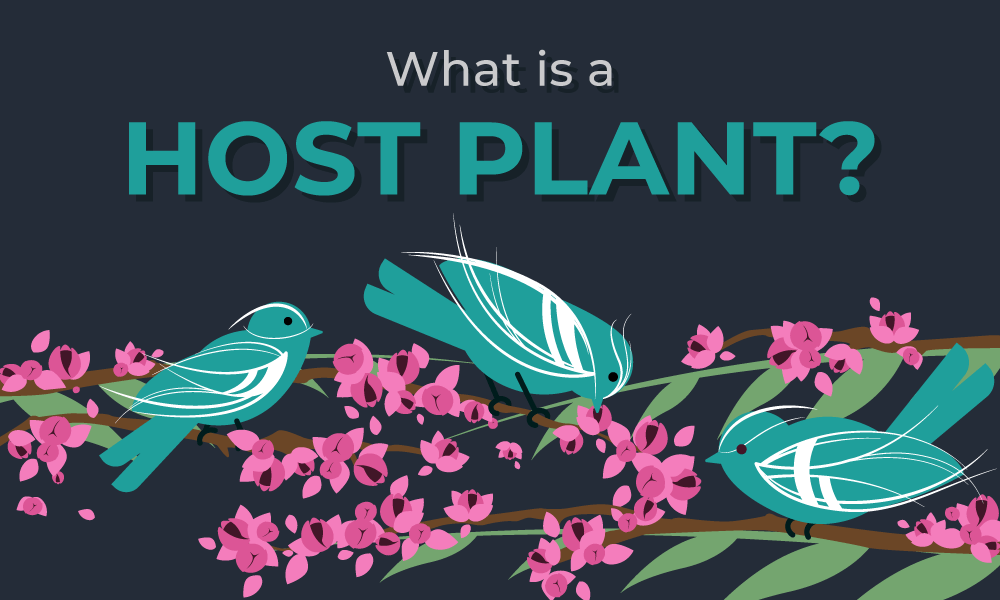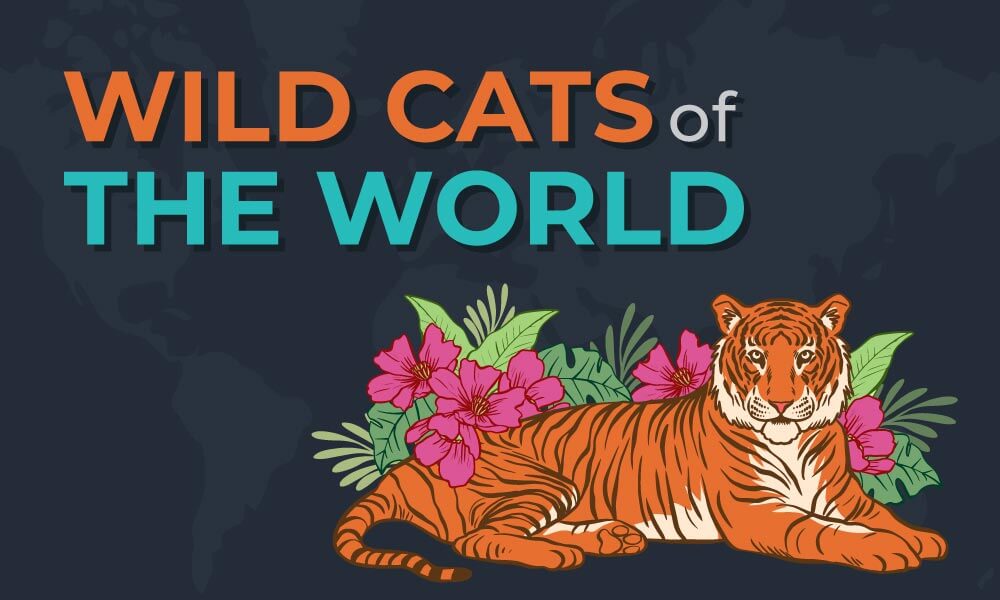An ecosystem is an area where plants, animals, and other living and non-living things, as well as weather and landscape, work together as a family to help each other survive and grow.
A healthy ecosystem contains living parts as well as non-living parts. Its living parts include all the animals, plants, insects, bacteria etc. Non-living part includes rocks, weather conditions, water, temperature and other things.
Everything in an ecosystem depends on each other, either directly or indirectly. For example, the position of the sun will lead to changes in temperature, which will later help to grow plants, and those plants will help to thrive insects and other animals. Any major change like cutting forests and making dams on the rivers, disturbs this ecosystem.
Ecosystems are based on the places they are found. All the Ecosystem is divided into the forest, grassland, tundra, desert, mountain, grasslands, mangroves, and wetlands.
Now let’s take a glimpse at each of them
Here are the different types of ecosystems that are found in India
Himalayan Ecosystems:
The Himalayan ecosystem is a diverse and unique ecological system characterized by its vast mountain range, which stretches across several countries, including India, Nepal, Bhutan, China, and Pakistan.
These mountains have various climatic conditions, plants, and animals.
On the lower slopes, mountains are generally covered by forests. And, as you go up, the temperature keeps on falling, and at the top, there is very little or no vegetation. The top of the mountain is usually covered with snow.
Despite the harsh conditions, mountains are full of different plants and animal species. Animals and birds that live in the mountains have evolved certain traits to survive at higher altitudes.
Alpine Zone: The altitude above 4,000 meters is generally considered a zone of alpine vegetation. This area is mostly covered with snow. The trees that grow in this zone include: Silver fir, Silver birch, Junipers, Pines, Betula utilis (Bhojpatra) Rhododendron anthropogenic (buransh) and many more. Other trees that grow in the Himalayas include: Blue pine, Birch, Alder, Boxwood, and Deodar.
Temperate Zone: The temperate zone of the Himalayas is between 1,500 and 3,300 meters above sea level. The area located in the lower elevations of the Himalayas, these forests have a mix of trees like Quercus leucotrichophora (Banj oak), Rhododendron arboretum (Burans), Myrica esculent a (Kaphal), Leonia ovalifolia (Aynor), Ibex dipyrena, Quercus semecarpifolia (Kharsu Oak), Q. dilatata (Moru Oak), etc.
Tropical Zone: This region of Himalaya gets most of the rainfall, it does not snow in this area. This zone has pure as well as mixed forests of Shore Robusta (SaI), Lannea coromandelica (Jhingan), Buchanania lanzan, Dalbergia disso (Shisham), Haldina cordifolia (Haldu), Syzygium cumini (Jamun), Mallotus philippinensis (Rohini), Ficus spp. (Figs), Macaranga pustulata, Callicarpa arborea, Diopoknema butyracea (Chyura), Bauhinia variegate (Kachnar), Bomb ax cobia (Semal), Lydia claying (Pula), Schleicher oleos (Kokum), Holoptelea integrities (Karanj), etc.
Cold Desert: The Himalayan cold desert is a unique and fragile ecosystem found in the trans-Himalayan region, particularly in the rain shadow areas of the Himalayas, such as in parts of Ladakh in India. This cold desert ecosystem is characterized by its extreme dryness, low precipitation, and cold temperatures, creating a harsh environment with sparse vegetation and minimal human habitation.
Forest Ecosystems
On land, the forest ecosystem is the largest and is characterized by a large number of trees in a particular area. Trees and the vast amount of greenery are the most dominating characteristic of the forest ecosystem. Forest is full of diversity, and thousands of species of plants, animals, insects, and birds call it their home.
Today, about 30% of Earth’s landmass is covered in forest. Depending on the trees, forests are classified into coniferous, deciduous, and mixed forests. Also, forests are classified depending upon the vegetation zone – Tropical rainforest, Temperate rainforest, Deciduous and mixed forest. Forest ecosystems can also be divided into five parts – tree layer, shrub layer, herb layer, moss layer, and root layer.
Desert Ecosystem
The Thar Desert also known as the Great Indian Desert, in Rajasthan is a harsh dry ecosystem with low rainfall, sand dunes, and limited vegetation. Everything here from plants to animals, is adapted to extreme heat and dry conditions.
Some of the plants that are found here are cacti, thorny bushes, acacia trees, and grasses. Animal species found here include the Indian Gazelle (Chinkara), Indian Wild Ass (Khur), various species of snakes and lizards, and numerous bird species.
Grasslands
Grassland habitats are places that receive more rain than deserts but less rain than forests. Most of the plants here are grasses, which don’t need as much water as forest vegetation. Every continent except Antarctica has grasslands. India has many grassland areas such as Terai and Bhabar Western Ghats Grasslands, Punjab-Haryana Plains and Deccan Plateau Grasslands. One-fourth of the planet is covered by grasslands.
Grasslands are usually found in the dry interior of continents, between the mountains and deserts. Many grasslands were formed tens of thousands of years ago after the last ice age when the Earth began to warm up and the climate became drier.
Mangroves
Mangroves are a special type of vegetation. They are found in the regions where freshwater from the rivers and saltwater of the sea get mixed. All the plants in this ecosystem are salt-tolerant, which means they can easily survive in harsh conditions, such as salty water, and destructive waves of the sea and they can even thrive without proper soil and dirt. They can grow in water with bare roots.
Wetland Ecosystems
Wetlands are unique ecosystems that are between land and water environments. They are areas where water covers the soil or is present either permanently or seasonally, affecting the plants and animals that thrive there. These ecosystems support very high biodiversity. There are 75 wetlands in India. All these areas host migratory birds and other animals.
Read more: 10 Shocking and interesting facts about trees
If you have some suggestion on which we should write or you have any query and something else you can contact us. Please do share this blog with your family, friends, and others so they can also know about all the different ecosystems of India.

